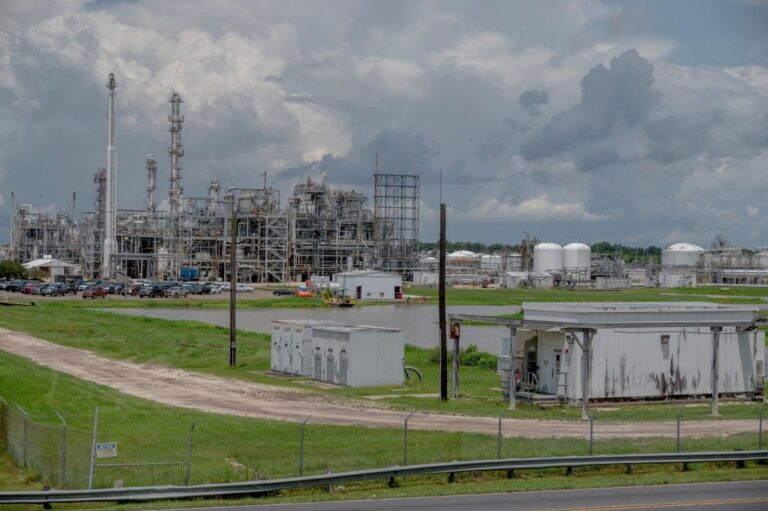Photo credit: Getty Images
Researchers have found that ethylene oxide gas produced in Louisiana’s industrial areas is likely much more toxic than previously thought, according to a report in the Guardian.
What is happening?
Environmental engineers at Johns Hopkins University studied air quality and pollutants in an area of southeast Louisiana known as “Cancer Alley” because of abnormally high rates of the disease. They found more than they expected.
“I don’t think there’s a single census tract in the region that doesn’t have a higher risk of cancer than we consider acceptable,” lead author Pete DeCarlo said, according to the Guardian report. “We expected to see ethylene oxide in that area. But we didn’t expect the levels that we saw, and they were certainly much higher than the levels that the EPA was estimating.”
After scouring areas near chemical plants and testing the air for ethylene oxide with state-of-the-art equipment, the researchers found that levels of the cancer-causing gas were 1,000 times higher than previous tests had revealed, the outlet reports. And, as the report details, they were still 10 times higher than what regulators had predicted in environmental models.
Why is this question so important?
Chemical plants primarily use gas in plastic production, and plastic is another product that has downstream impacts on humans and the environment.
Although many of the plants are scattered across the country, it is the high concentration in this area that is worrying. Some low-income populations live nearby, while others are in the path of plumes about 11km long that extend from some of the facilities, according to the Guardian.
The report says East Ascension High School is just five miles from one of these chemical hotspots. According to the Environmental Protection Agency, more than 6 million people in Texas and Louisiana live within about 30 miles of these facilities. Nearly 90,000 of those people have cancer risks above the maximum risk of 100 in 1 million in the “acceptable range.”
Industrial encroachment on human populations is a common problem around the world. Toxic chemicals, air pollution, and industrial runoff can impact not only our health, but also that of wildlife and the environment as a whole.
What is being done about ethylene oxide pollution?
Greater transparency about harmful pollutants produced by heavy industry is a starting point. Some companies have reached agreements with the EPA and communities, committing to reduce emissions of ethylene oxide and other pollutants — in one case by 5.6 tons per year.
In April of this year, the EPA announced new rules aimed at reducing toxic air pollution from various factories across the United States, including in Louisiana, as reported by the Louisiana Illuminator.
“This is a sea change, any way you look at it,” EPA Administrator Michael Regan said at a news conference, according to the outlet. “This is a sea change for health. This is a sea change for prosperity. This is a sea change for children in these communities across the country.”
In a White House press release, Patrice Simms, Earthjustice’s vice president for healthy communities, said, “Setting clean air standards for more than 200 chemical plants and requiring fenceline monitoring for some of the most toxic emissions demonstrates a commitment to protecting public health.”
Join our free newsletter for weekly updates on the coolest innovations improve our lives And Save our planet.


